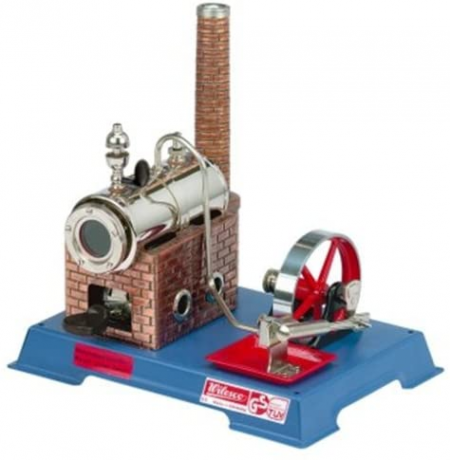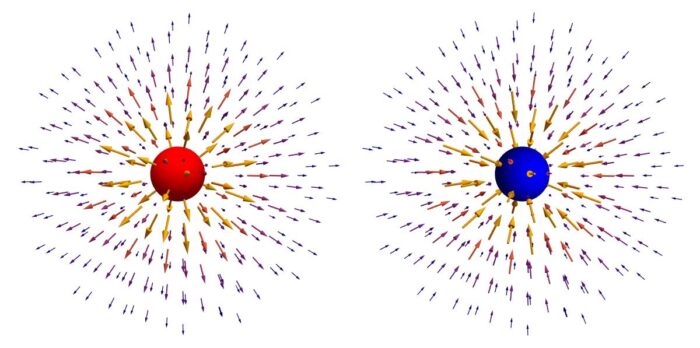The first steam engine was a water pump that kept mines dry. Many revisions later, in the last part of the 18th century, we had engines on trains and ships. These inventions helped to change the world. The population of humans on the planet began to grow exponentially during this time – you might have studied it in history class – it is the industrial revolution.
Let’s say you’ve got to build a train or a ship.2 How do you do it? What do you need to figure out? Does the type of fuel matter? Does the type of fuel affect how far you can go? Does it matter how heavy your train or ship is, how much cargo you’re carrying, what engine you’re using? Every extra ton of fuel means one less ton of cargo – but too little fuel, and you’ll not reach your destination – which is a bit of a problem if you’re adrift in the North Atlantic.
Scientists needed a simple way to equate different fuels, engines, ships, and trains. So, they created a series of equations to figure out a number that all the experiments could share. And that number represented how much water would boil given a certain amount of fuel; the number represented how far a train or a ship could travel; how high of a hill a train could climb; how fast the train traveled on a downhill slope. They used equations to understand and optimize steam engines. The idea worked so well they adapted the same techniques in other branches of physics: Mechanics, Thermodynamics, Electricity and Magnetism, Hydrodynamics, etc.
Energy is the scientists’ and mathematicians’ idea to deal with all of these different things.
 Your connection to advanced PCB manufacturing
Your connection to advanced PCB manufacturing 


